Caterpillar Company
Caterpillar Inc., a Fortune 100 American company, develops, produces, manufactures, distributes, and sells to clients machinery, engines, financial products, and insurance through a network of international dealers. The company's ticker symbol is CAT. It is the largest manufacturer of construction machinery in the world. On the Fortune 500 list and the Global Fortune 500 list, Caterpillar was rated 65 and 238 respectively in 2018. The Dow Jones Industrial Average includes Caterpillar stock.
The Caterpillar Tractor Company, which is currently headquartered in California, was created in 1925 as a result of the merger of the C. L. Best Tractor Company and the Holt Manufacturing Company. Here is where Caterpillar Inc.'s history begins.
The company underwent a reorganisation in 1986 and changed its name to Caterpillar Inc. The corporate headquarters are located in Irving, Texas. The company announced in January 2017 that it will abandon its 2015 plans to invest $800 million in a new headquarters facility in the heart of Peoria and move its administrative centre from Peoria, Illinois, to Deerfield, Illinois, over the course of the next year.
Under the brand names Cat and Caterpillar, the corporation offers a variety of footwear and apparel.
Additionally, the business has been permitted to market and sell rugged phones under the Cat phone brand since 2012. By virtue of their distinctive "Caterpillar Yellow" livery and "CAT" emblem, machinery and other products bearing the Caterpillar brand can be identified.
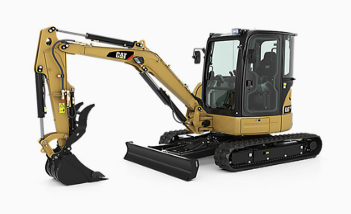
Caterpillar Companies Origins
The Holt Manufacturing Company has been using steam tractors since 1890. Steam tractors from the 1890s and the first part of the 1900s regularly sank into the soil of the San Joaquin Valley Delta agriculture in Stockton, California because of their massive weight, which might reach 1,000 pounds (450 kg) per horsepower. By extending the wheels to a maximum of 7.5 feet (2.3 m) in height and 6 feet (1.8 m) in width, Benjamin Holt was able to solve the issue and make the tractor 46 feet (14 m) broad. But this increased the tractors' complexity, cost, and upkeep requirements.
Building a temporary plank road in front of the steam tractor was another option that was given some thought, but doing so would slow down earthmoving and be time-consuming and expensive. The planks should be wrapped around the wheels was Holt's idea. He installed a system of wooden rails connected to chains in place of the steamboat's No. 77 Holt's 40 horsepower (30 kW) motor's wheels. He successfully tested the modified machine by ploughing the marshy delta plain of Roberts Island on Thanksgiving Day, November 24, 1904.
In Grantham, Lincolnshire, England, Richard Hornsby & Sons simultaneously created and patented a steel plate-tracked vehicle in 1904. This tractor was the first to steer without using the tiller's steering wheel by differentially braking the tracks. Numerous tractors were produced and sold specifically for use in the Yukon; one of these was used there until 1927 and some of its parts may still be found today. In 1911, the same year that Holt registered the "Caterpillar" trademark, Hornsby realised there was a little market for their tractor and sold their invention to Holt.
The commercial photographer, Charles Clements, reported that the tractor moved like a caterpillar, and Holt made the comparison right away. Nevertheless, according to other reports, this moniker was given by British soldiers who had seen the Hornsby tractor being tested in July 1907. It's called a caterpillar, that's what it is! Holt sold his first steam-powered tractor crawlers two years later for US$5,500, or almost US$128,000 in today's money. The track structure was 9 feet (2.7 m) long, 42 inches (1,100 mm) wide, and 30 inches high on each side (760 mm). Redwood slats measuring 3 inches (76 mm) wide and 4 inches (100 mm) long were used to make the tracks.
Holt's improved "Traction Engine," which received a patent on December 7, 1907, was the first continuous track that could actually be used with a tractor. "Improvements in vehicles, particularly those of the traction engine category; and featured limitless travelling platform supports upon which the engine is carried"
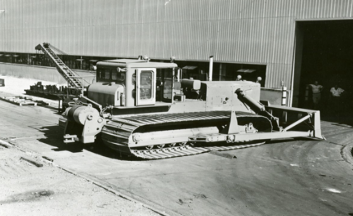
Caterpillar Backhoe Loaders
Due to its outstanding digging, trenching, back-filling, and material handling abilities, Cat® Backhoe Loaders can perform a variety of tasks, including but not limited to general construction, demolition and excavation, landscaping, breaking up asphalt, and paving. Cat backhoes give you the strength and precise control you need to work in places where utilising larger equipment is difficult.

Caterpillar Excavators
Whether you're excavating, trenching, or loading trucks, Cat® excavators offer top performance, unparalleled versatility, and great fuel efficiency. Your business will expand by utilising their small diggers' cutting-edge technology, safety features, great durability, and ease of use. The mini excavator is the most common size of digger offered by Caterpillar.
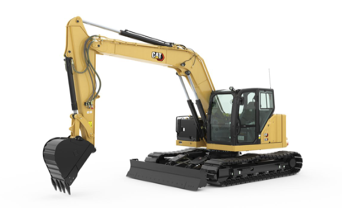
Caterpillar Skid Steer And Compact Track Loaders
The most latest, market-first features and innovations are combined with customer-driven updates in the Cat® Compact Track Loaders and Skid Steer Loaders. Skid steer loaders are an incredibly significant piece of equipment because of how adaptable they are.
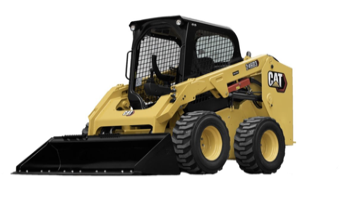
Caterpillar Track Loaders
By employing a single tough machine for jobs like slope work, truck loading, land clearing, digging, and grading, you may save money and time on transportation. The adaptable Cat® track loader series can handle difficult tasks, difficult terrain, and constrained places with ease.
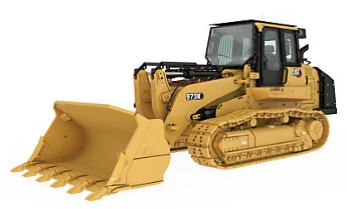
Caterpillar Wheel Loaders
When you employ wheel loaders from Cat®, your material handling and loading processes are safer, faster, more accurate, and more productive. When it comes to dependability, productivity, fuel efficiency, adaptability, and operator comfort, Cat front end loaders set the bar high.
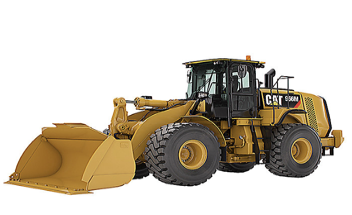
Shuvs Digger Hire Buckinghamshire Copyright© 2022 All Rights Reserved